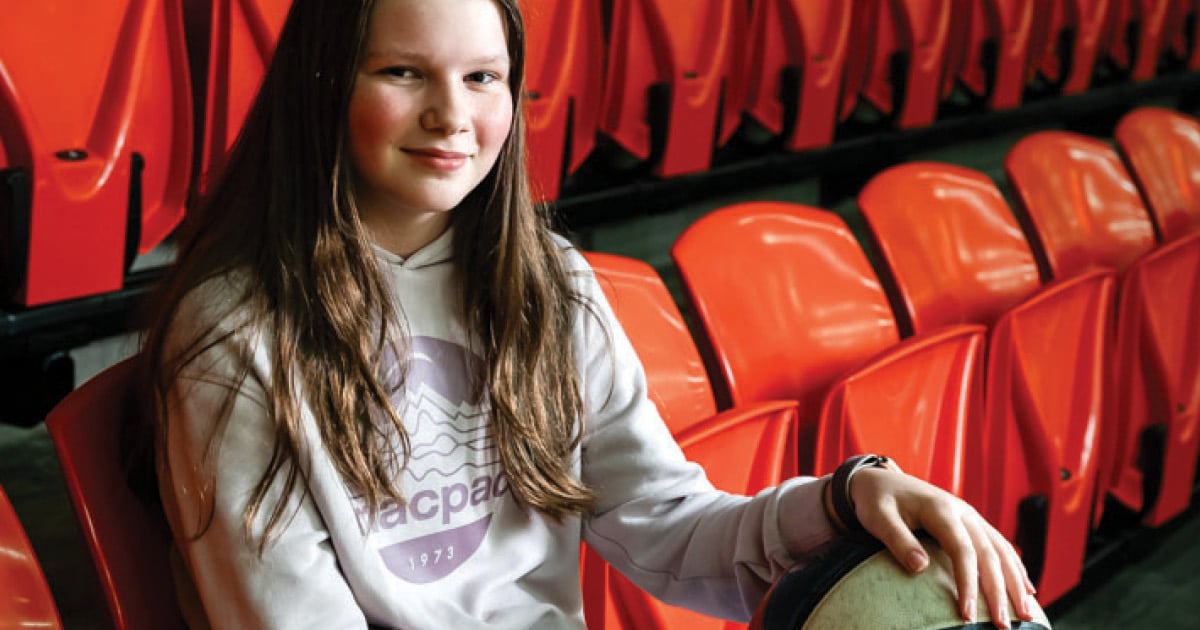Search
Showing results for "1"

Sports coaches across Australia can now access WA-designed sport resources, which aim to help coaches better understand type 1 diabetes (T1D) and encourage children living with the condition to stay in sport.
Research
Impact of Neuritin 1 (NRN1) polymorphisms on fluid intelligence in schizophreniaNeuritin 1, an activity-regulated gene with multiple roles in neurodevelopment & synaptic plasticity, is linked to a subtype of schizophrenia.

News & Events
1 in 3 young people in detention has alcohol related brain damageAbout a third of young people in youth detention in Western Australia have Fetal Alcohol Spectrum Disorder (FASD), data has found.
Research
Are low sun exposure and/or Vitamin D risk factors for type 1 diabetesEvidence supports that higher sun exposure and/or vitamin D sufficiency in pregnancy, or supplementation in early life, decreases type 1 diabetes risk

News & Events
WA teenager with type 1 diabetes on a mission to become a pro-cyclistA wiry tall teenager, who was struggling somewhat with his blood glucose control, he turned up on his trusty bike, and we had something in common to talk about.
Research
Maternal smoking during pregnancy and the risk of childhood type 1 diabetes in Western AustraliaThe aim of this study was to investigate the association between maternal smoking during pregnancy and type 1 diabetes in the offspring, using complete...
Research
Lost in translation: translational interference from a recurrent mutation in exon 1 of MECP2Rett syndrome (RTT) is an X linked neuro-developmental disorder affecting mostly girls. Mutations in the coding region of MECP2 are found in 80% of classic...
Research
Short-Term Diabetic Retinopathy Status in People with Type 1 Diabetes Commencing Automated Insulin DeliveryRapid improvements in glucose control may lead to early worsening of diabetic retinopathy (EWDR). There is a need to demonstrate safety in people commencing automated insulin delivery (AID) due to the known efficacy in rapid glycemic improvement. We aimed to investigate short-term DR outcomes in people (aged ≥13 years) with type 1 diabetes after initiation of AID (use ≥6 months).
Research
Reproducibility of plasma glucose responses to moderate-intensity exercise in individuals with type 1 diabetesTo examine the within-person variability in plasma glucose responses to moderate-intensity morning exercise in young individuals with type 1 diabetes after overnight fasting and under basal insulin conditions.
Research
Selective attention to threat, anxiety and glycaemic management in adolescents with type 1 diabetesPrevious research has established that adolescents with type 1 diabetes (T1D) experience more anxiety symptoms than their healthy peers and are also more likely to develop an anxiety disorder. Research in cognitive psychology has found that selective attention favouring the processing of threatening information causally contributes to elevated levels of anxiety; however, this process has not been investigated in the context of T1D.
